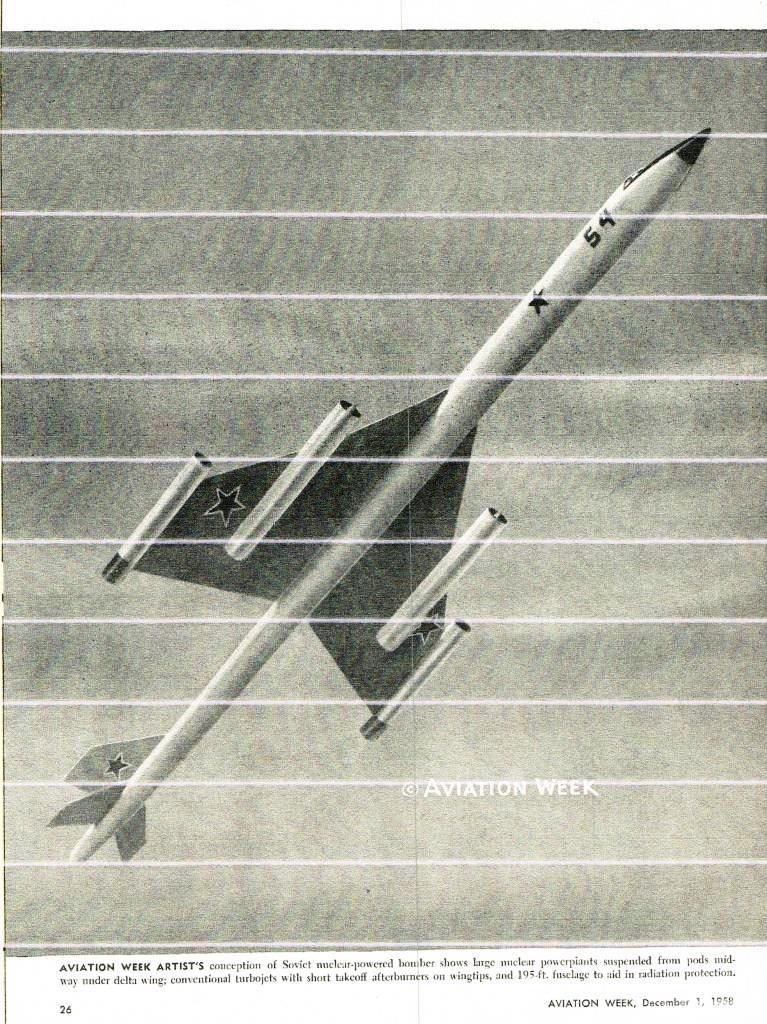Kavya Wadhwa
Nuclear and High Energy Physics
Why Have Nuclear-Powered Airplanes Not Yet Been Developed?

Exploring sustainable and eco-friendly alternatives to fossil fuels, nuclear energy is being considered as a potential power source for different modes of transportation, such as aeroplanes. For years, scientists and engineers have been captivated by the concept of nuclear-powered aircraft, envisioning longer flight times and lower environmental impact. Despite extensive research and development, nuclear-powered aeroplanes have not been successfully developed. This article delves into the reasons behind this apparent technological stagnation.
Conceptualization and Initial Development:
In the mid-20th century, the United States and the Soviet Union were at the forefront of research on nuclear-powered aircraft. During the 1950s, the United States initiated the Aircraft Nuclear Propulsion (ANP) program with the goal of creating bombers that could fly extended distances without refueling. Two primary concepts were suggested: the direct air cycle and the indirect air cycle, utilizing nuclear fission reactors to warm air for propulsion. Even though there were successful demonstrations, such as flying a plane with an operating nuclear reactor onboard, the ANP program was eventually abandoned in 1961.
Addressing Technical Challenges and Ensuring Safety:
One of the main reasons why nuclear-powered airplanes have not become a reality is the significant technical hurdles linked to their creation. Although nuclear energy has exceptional energy density, converting this potential into a viable propulsion system for aircraft has been challenging. Overcoming the challenge of achieving the required power density while maintaining safety, reliability, and efficiency is still a major obstacle. Furthermore, worries about radiation exposure to the crew, the weight and complexity of shielding systems, and the potential catastrophic outcomes of a crash have impeded advancements in this area.
Change in Focus and Military Uses:
Several factors have contributed to the decline of the ANP program, such as the emergence of intercontinental ballistic missiles (ICBMs) and changes in defense strategy priorities. Due to the development of missile-based delivery systems, the importance of nuclear-powered bombers decreased, resulting in a shift of resources and attention. Nevertheless, nuclear energy was still being researched for military purposes, as shown by the creation of the Russian 9M730 Burevestnik nuclear-powered cruise missile.
Challenges related to the environment and regulations:
In addition to technical and safety factors, nuclear-powered aircraft encounter environmental and regulatory obstacles. Environmentalists and regulatory authorities are concerned about the potential for radioactive pollution and the importance of strict safety protocols. Moreover, the public’s views and willingness to embrace nuclear energy, particularly in aviation, continue to pose major obstacles to its widespread use.
Exploring the Potential of Nuclear-Powered Aircraft:
Despite facing challenges and obstacles, there is a continued interest in nuclear-powered aircraft due to the increasing need to address climate change and lessen reliance on fossil fuels. Progress in nuclear reactor technology, materials science, and propulsion systems may lead to a resurgence in this area. Addressing the multifaceted challenges will necessitate collaboration among governments, research institutions, and industry stakeholders.
Ultimately, although the idea of nuclear-powered aircraft shows great potential, bringing this concept to life is still a significant challenge. It is crucial to carefully address technical, safety, environmental, and regulatory considerations in order to overcome the barriers hindering the development of nuclear-powered airplanes. Whether nuclear energy will ever be used in aviation remains uncertain, but the quest for sustainable aviation solutions persists.
